
Introduction
The Persian Alphabet Before Islam reveals a rich linguistic heritage shaped by empires like the Achaemenids and the Sassanids. Long before the adoption of the Arabic script, Persians used cuneiform, Avestan, and Pahlavi scripts to record language, religion, and culture. Understanding the Persian alphabet before Islam offers valuable insights into the roots of Iranian identity and civilization.
Ancient Persian Scripts
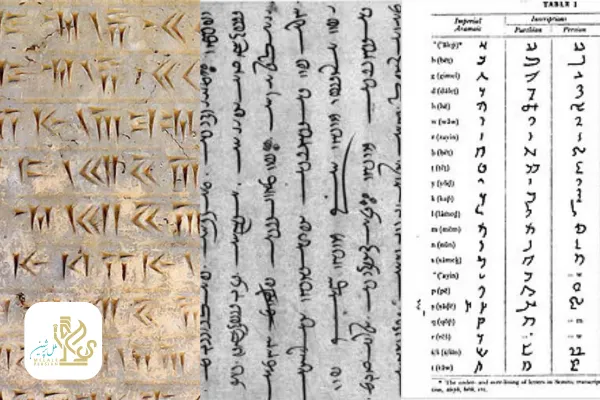
Ancient Persian scripts refer to the writing systems used by Persian civilizations before the advent of Islam. These scripts were not only tools for communication but also symbols of power, identity, and culture. The most well-known among them are Old Persian Cuneiform, Avestan script, and Pahlavi script, each reflecting a different historical era and linguistic evolution.
Old Persian Cuneiform
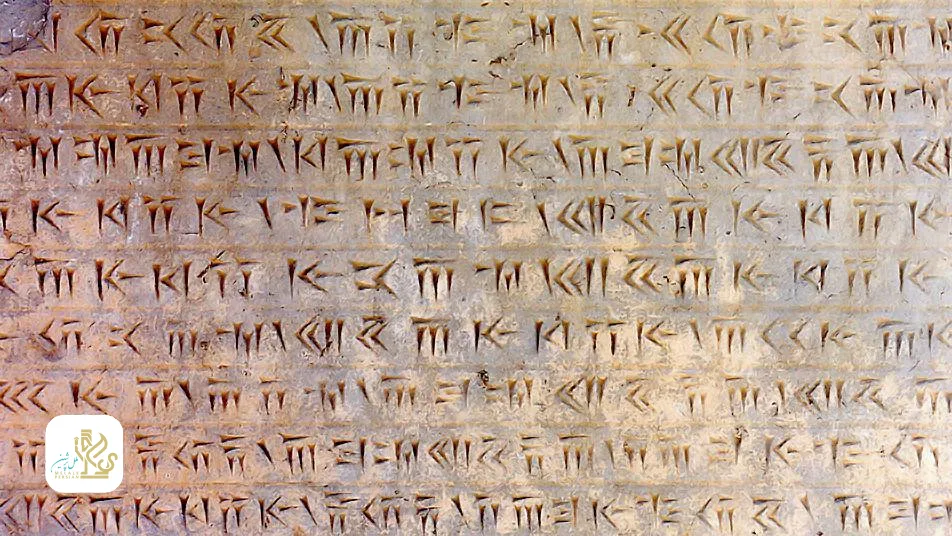
This script was developed during the Achaemenid Empire (around 6th century BCE) and used primarily for royal inscriptions. It was a simplified form of cuneiform compared to older Mesopotamian systems. Darius the Great’s inscriptions at Behistun are among the most famous examples. Old Persian Cuneiform consisted of a limited set of characters and was primarily syllabic, making it one of the earliest phonetic writing systems in the region.
Avestan Script

Used to write the Avesta, the sacred texts of Zoroastrianism, the Avestan script emerged later and was more phonologically precise. It contained characters that could represent all the sounds of the Avestan language. This script was likely created by scholars to preserve oral traditions in written form and played a crucial role in maintaining religious teachings through centuries.
Pahlavi Script

Derived from the Aramaic script, Pahlavi was used during the Parthian and Sassanian periods (circa 247 BCE – 651 CE). It was the script of administration, literature, and Zoroastrian religious texts. Pahlavi is known for its complex system, where one symbol could represent multiple sounds or words depending on context, which makes it difficult to decipher today. However, it remains a vital source for understanding the Middle Persian language and pre-Islamic culture.
These ancient scripts provide insight into the linguistic, cultural, and political history of pre-Islamic Persia. Studying them not only helps preserve Iranian heritage but also offers valuable information for linguists, historians, and archaeologists around the world.
How These Scripts Worked
Ancient Persian scripts operated through a variety of writing systems, each adapted to the linguistic needs and cultural practices of their time. For instance, the Old Persian cuneiform was a syllabic script, where each symbol represented a syllable (such as “ka” or “tu”), making it relatively straightforward for inscriptions. The Avestan script, by contrast, was phonetic and highly accurate in representing sounds, designed to preserve religious texts with minimal ambiguity. Meanwhile, the Pahlavi script used a combination of alphabetic characters and ideograms, meaning that some symbols represented entire words rather than individual sounds—adding both flexibility and complexity to the writing process. These scripts were typically written right to left, and their function ranged from royal proclamations and religious scriptures to everyday administration.
Transition to Arabic Script
The transition from pre-Islamic Persian scripts to the Arabic script occurred gradually after the Islamic conquest of Persia in the 7th century. As Islam spread throughout the region, Arabic became the language of religion, administration, and scholarship. Over time, the Arabic script replaced the older scripts such as Pahlavi and Avestan. However, Persian was not abandoned—it was adapted. Iranian scholars and scribes began modifying the Arabic script to suit the sounds of the Persian language by adding new letters like “پ” (P), “چ” (č), “ژ” (ž), and “گ” (G), which did not exist in Arabic. This adaptation marked the birth of the Persian alphabet in its current form, a fusion of Arabic script with distinct Persian phonetics, allowing the language to flourish in poetry, science, and literature while maintaining its unique identity.
Legacy and Influence
The Persian alphabet before Islam left a lasting legacy in the cultural and historical fabric of Iran. Scripts like Old Persian cuneiform, Avestan, and Pahlavi not only served as tools for communication but also as vessels of identity, religion, and governance. These scripts recorded sacred texts, royal decrees, and philosophical thoughts, providing modern scholars with invaluable insight into ancient Persian civilization. Even after the adoption of the Arabic script, the influence of earlier writing systems persisted in art, calligraphy, and manuscript design. They laid the foundation for the rich literary tradition that flourished in later Persian empires. Today, they remain a powerful reminder of Iran’s deep historical roots and the intellectual achievements of its ancestors.
Conclusion
The Persian alphabet before Islam is more than just a system of writing. it is a window into the spiritual, political, and intellectual life of ancient Iran. These early scripts carried the weight of empires, religions, and philosophies, and their echoes can still be felt in Persian culture today. To dive deeper into the meaning behind the symbols and written forms of that era, explore our article on Symbolism in Ancient Persia.




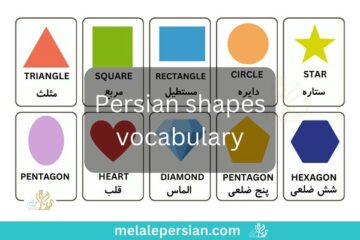





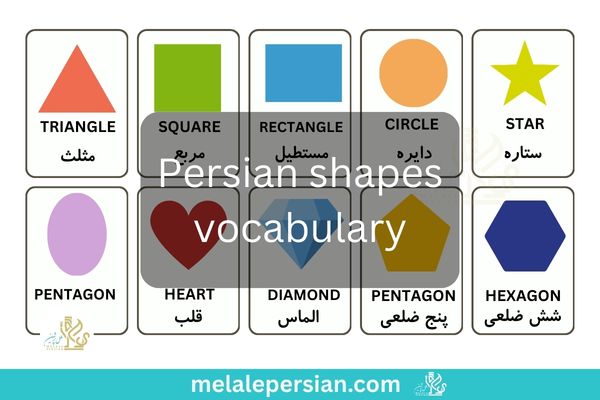

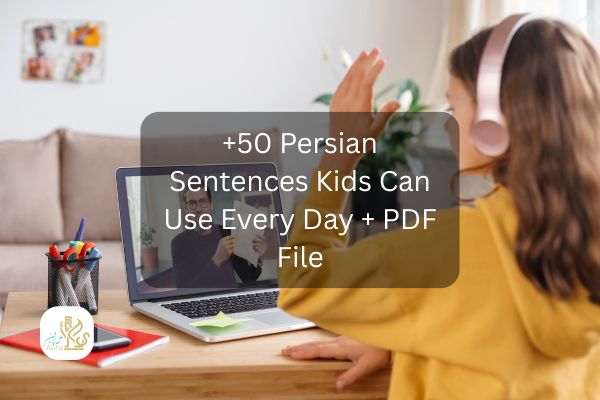
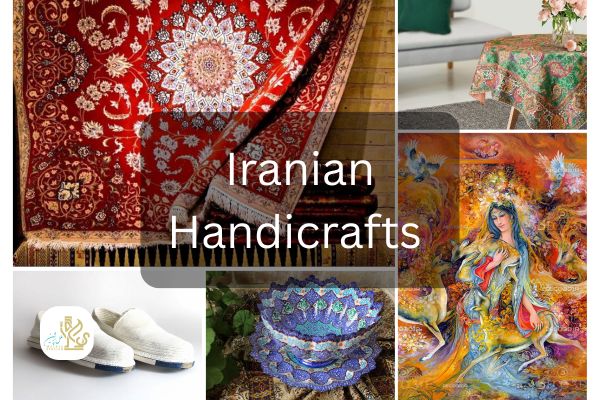
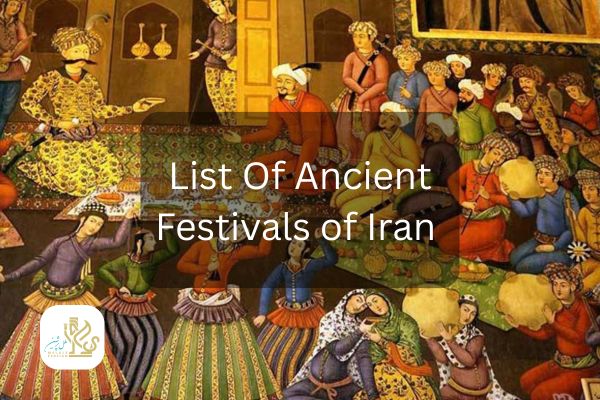



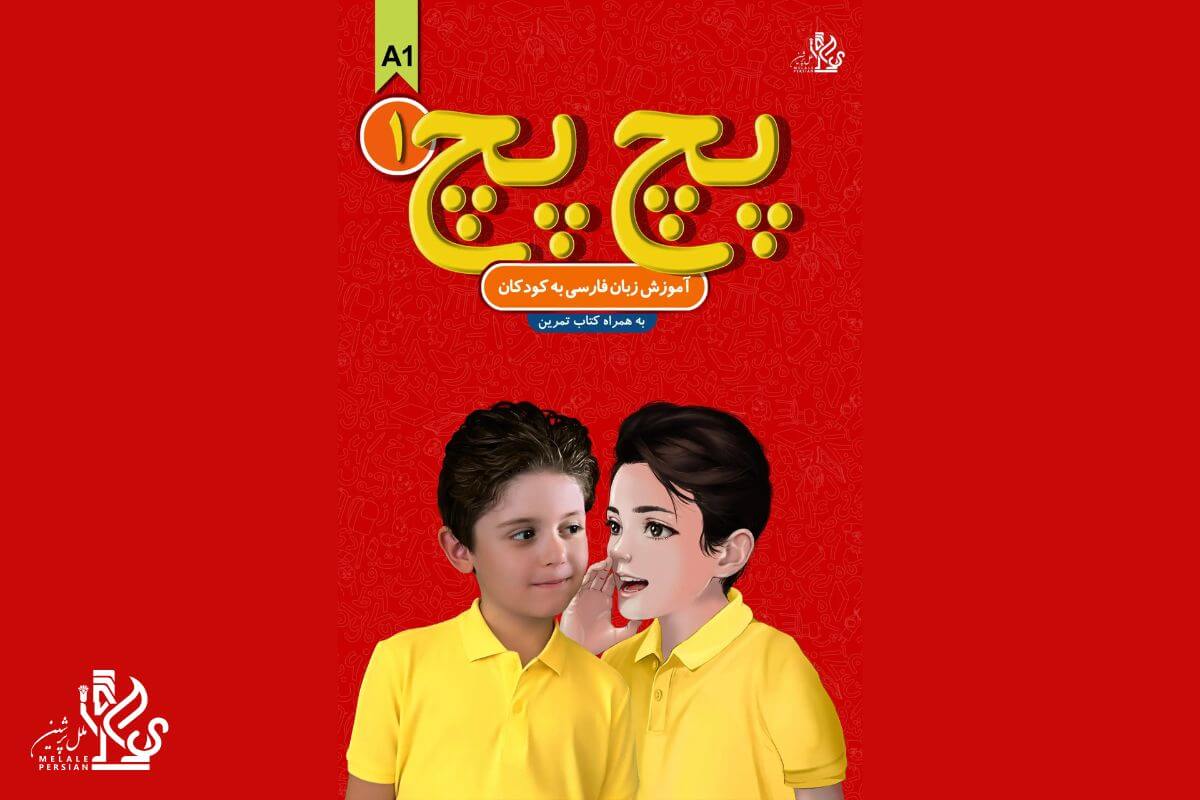

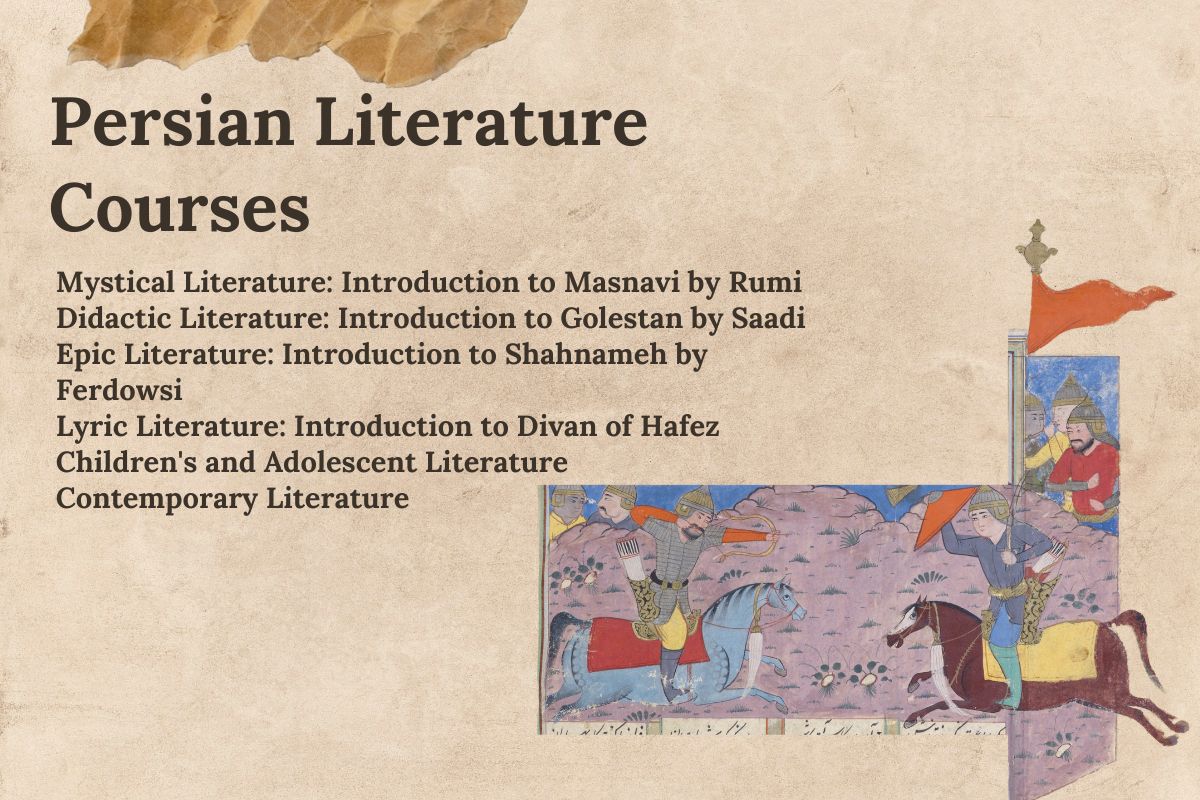
This was a really well-written and accessible introduction to a fascinating topic! I especially appreciated the explanation of how each script worked. It’s amazing to think about the evolution of writing systems over such a long period. Just out of curiosity, are there any efforts currently underway to further study or preserve inscriptions written in these ancient Persian scripts?
Thank you so much for your kind words! We’re really glad you found the article engaging and informative.
Yes, there are indeed ongoing efforts to study and preserve ancient Persian inscriptions. Several academic institutions and cultural heritage organizations in Iran and internationally are actively working on documentation, digital archiving, and even 3D scanning of these scripts. Projects like the Persepolis Fortification Archive and initiatives by Iran’s Cultural Heritage Organization are great examples.
My family is Persian, but I never learned to read or write in Farsi. This makes me even more curious about the scripts my ancestors used. Do you offer any online courses for adults who are interested in learning about these ancient Persian scripts? It would be incredible to be able to decipher some of these historical texts myself one day. Thanks for the information
Thank you for your kind comment!
At the moment, we don’t offer any courses specifically focused on reading ancient Persian scripts. However, if you’re interested in learning the Persian language itself, this page might be a great place to start:
👉 https://melalepersian.com/persian-class-for-adults/
If you’d like more personalized guidance, feel free to leave your email—we’ll be happy to get in touch and help you begin your learning journey!
Fascinating article! I never knew Persia had such a rich history of writing systems before Arabic script. The Old Persian Cuneiform sounds particularly intriguing with its syllabic nature. It makes me wonder, was it easier or harder to learn compared to, say, Chinese characters? Also, you mentioned Darius the Great’s inscriptions – are there any online resources where we can see clear images or even transcriptions of these?
Thank you so much for your thoughtful comment!
We’re glad to see your curiosity about ancient Persian writing systems. You’re absolutely right Old Persian Cuneiform is quite fascinating. In comparison to Chinese characters, which are logographic and represent whole words or morphemes, Old Persian Cuneiform was simpler in that it represented sounds (syllables) rather than entire words. This likely made it easier to learn and more flexible for different purposes, although, like any ancient script, it still had its own complexities.
Regarding Darius the Great’s inscriptions, there are various online resources where you can find high-quality images and transcriptions of these inscriptions. Many institutions, like the British Museum, provide access to these valuable historical records, and you can also find digital transcriptions and translations in academic sources.